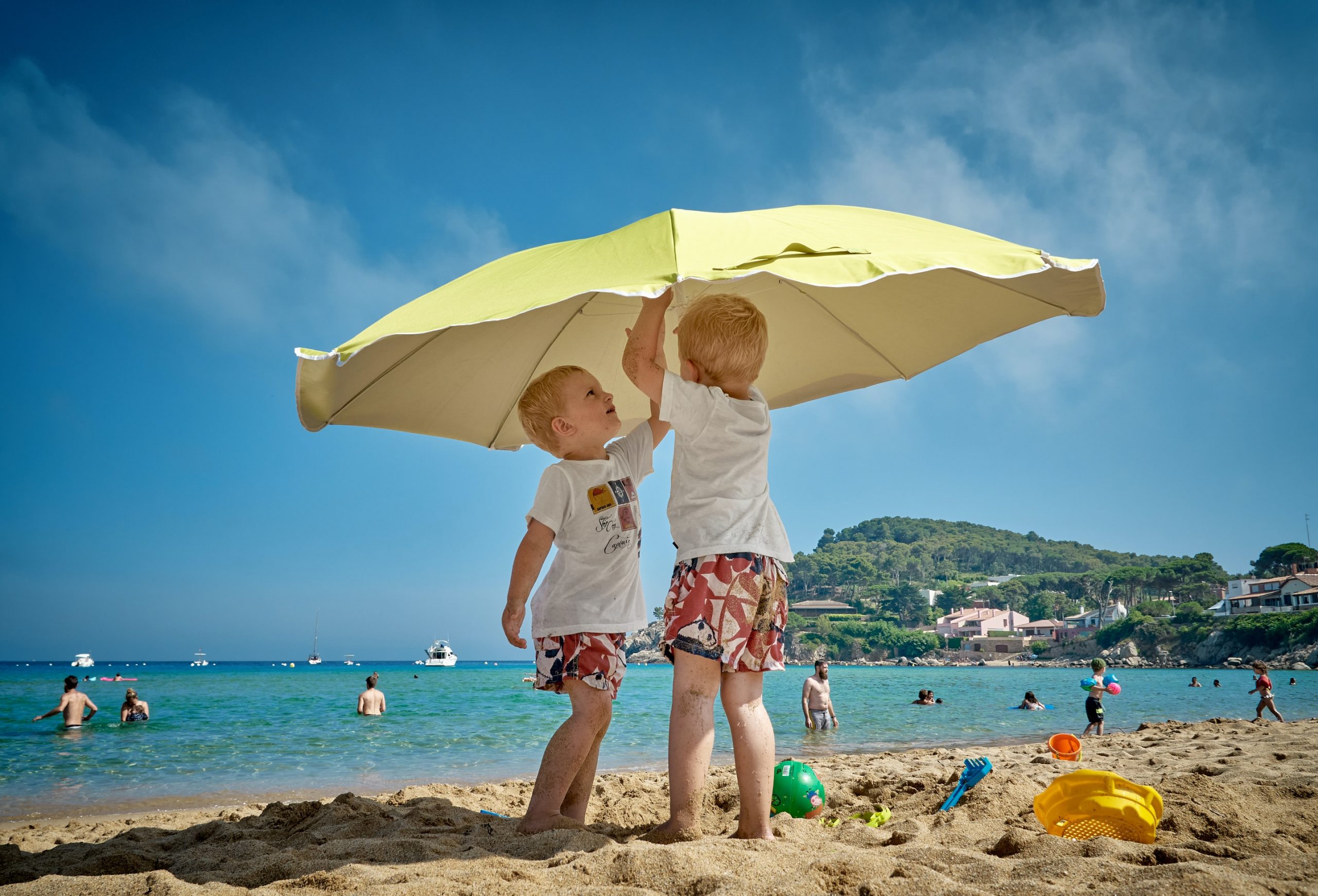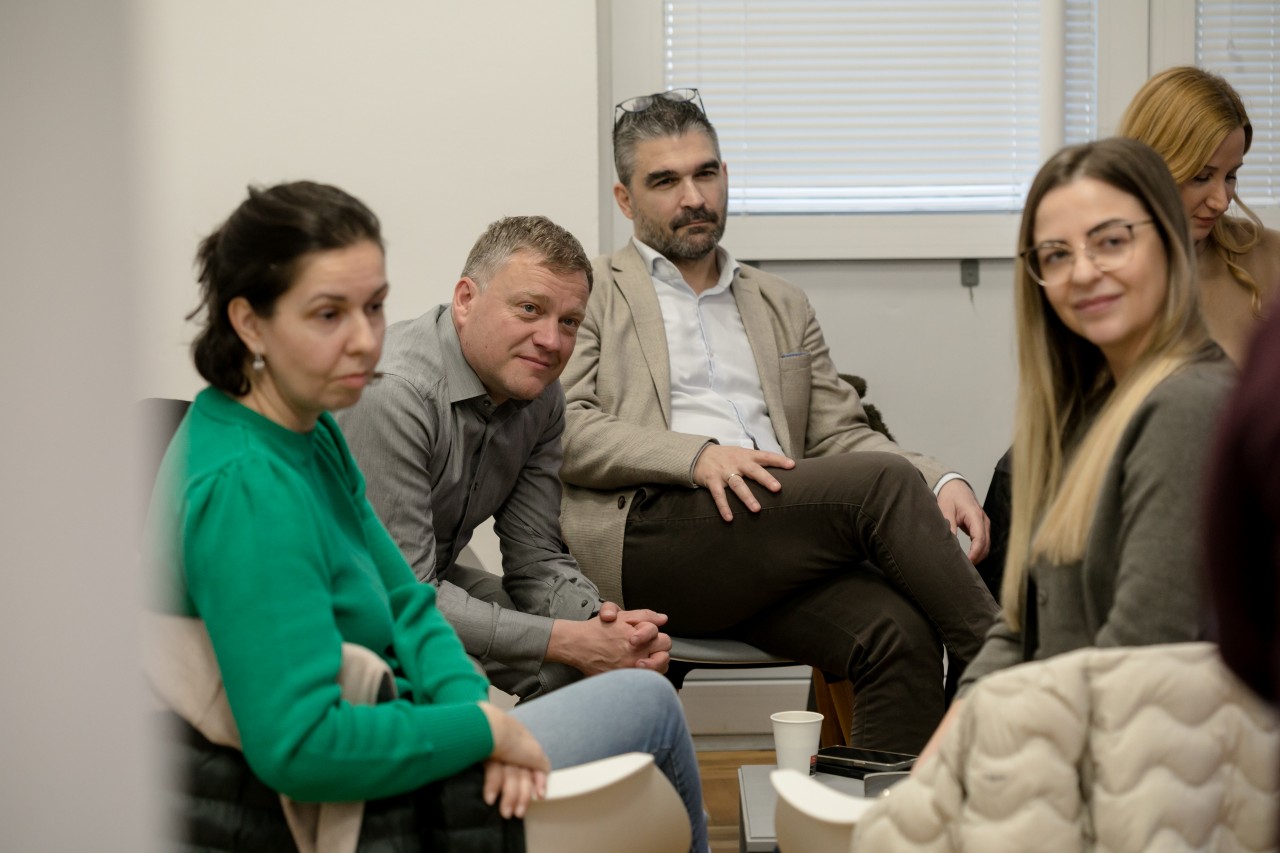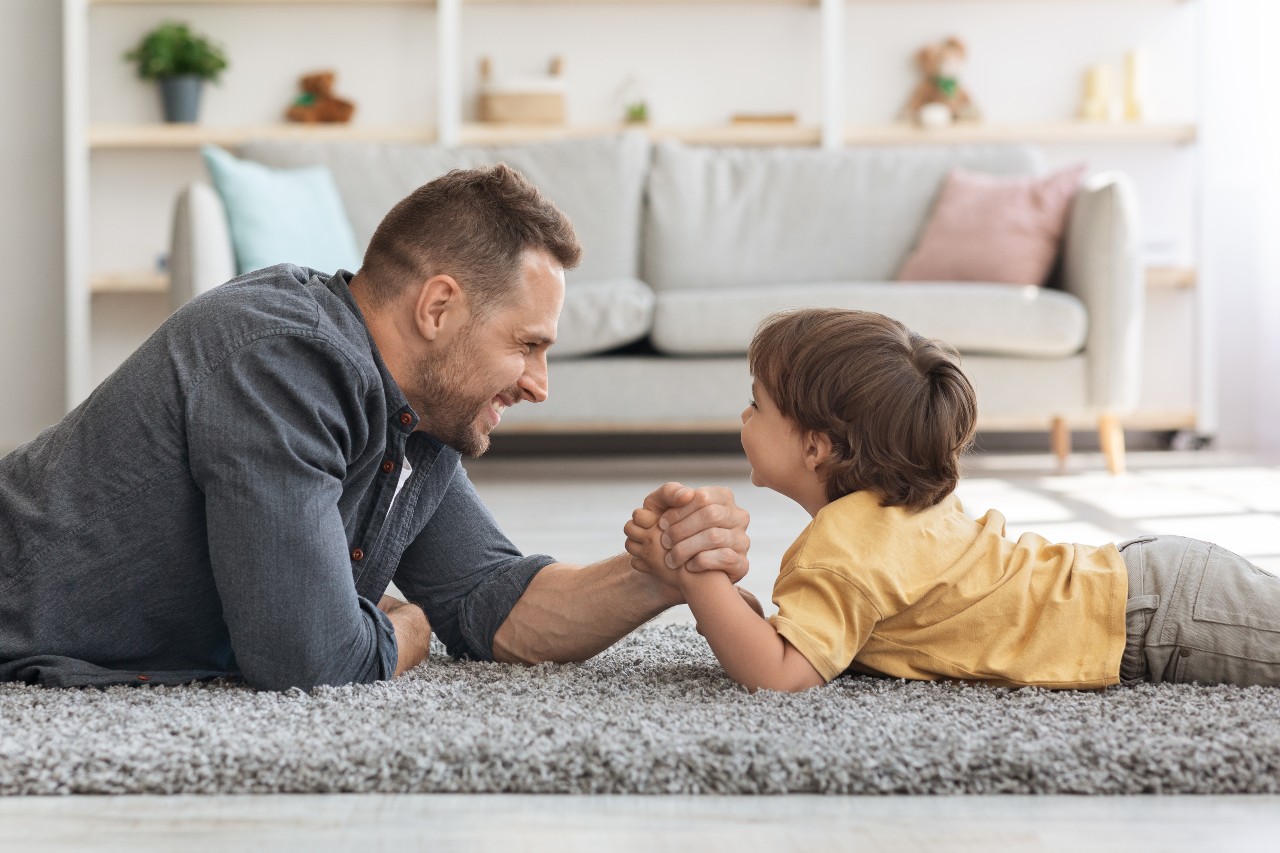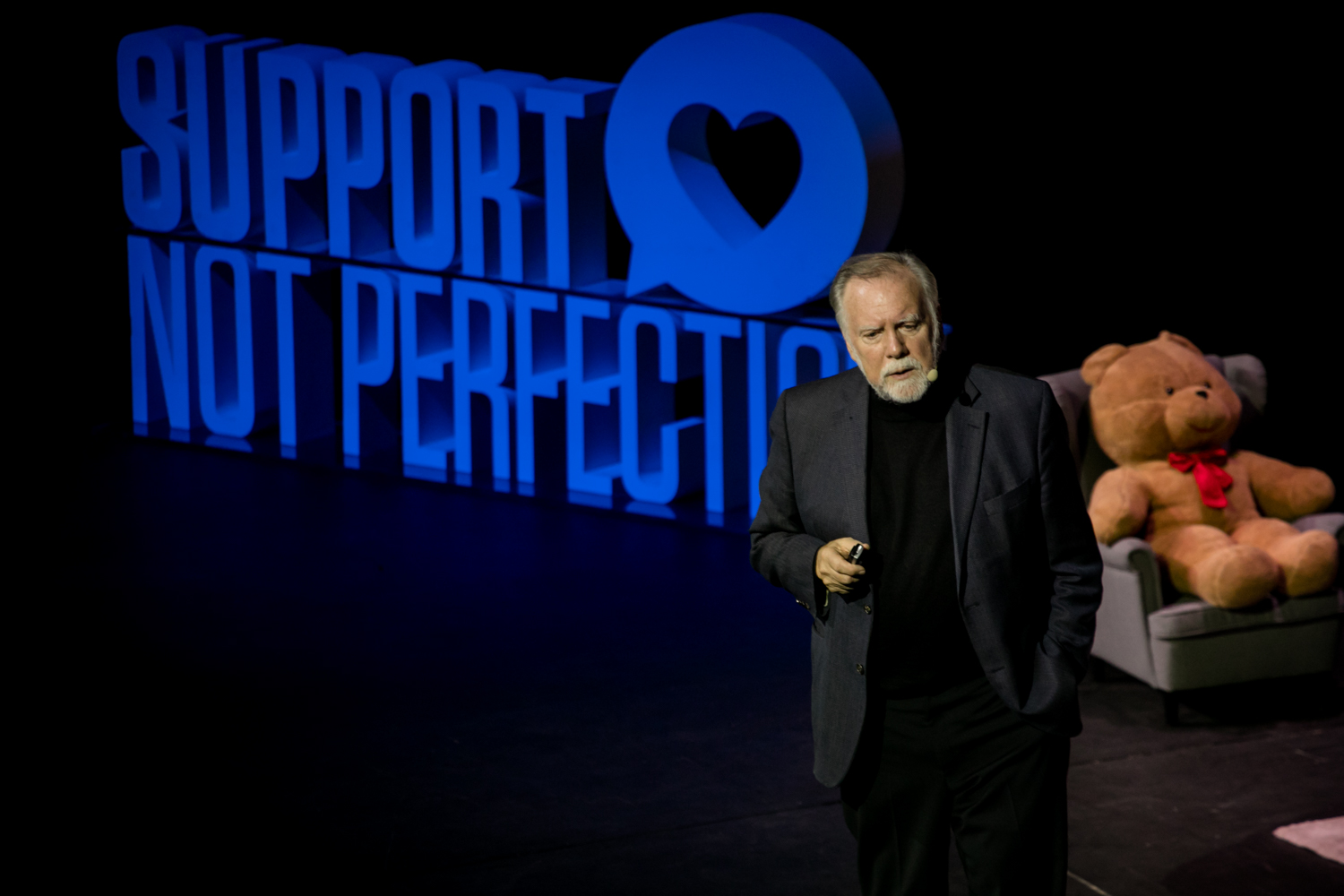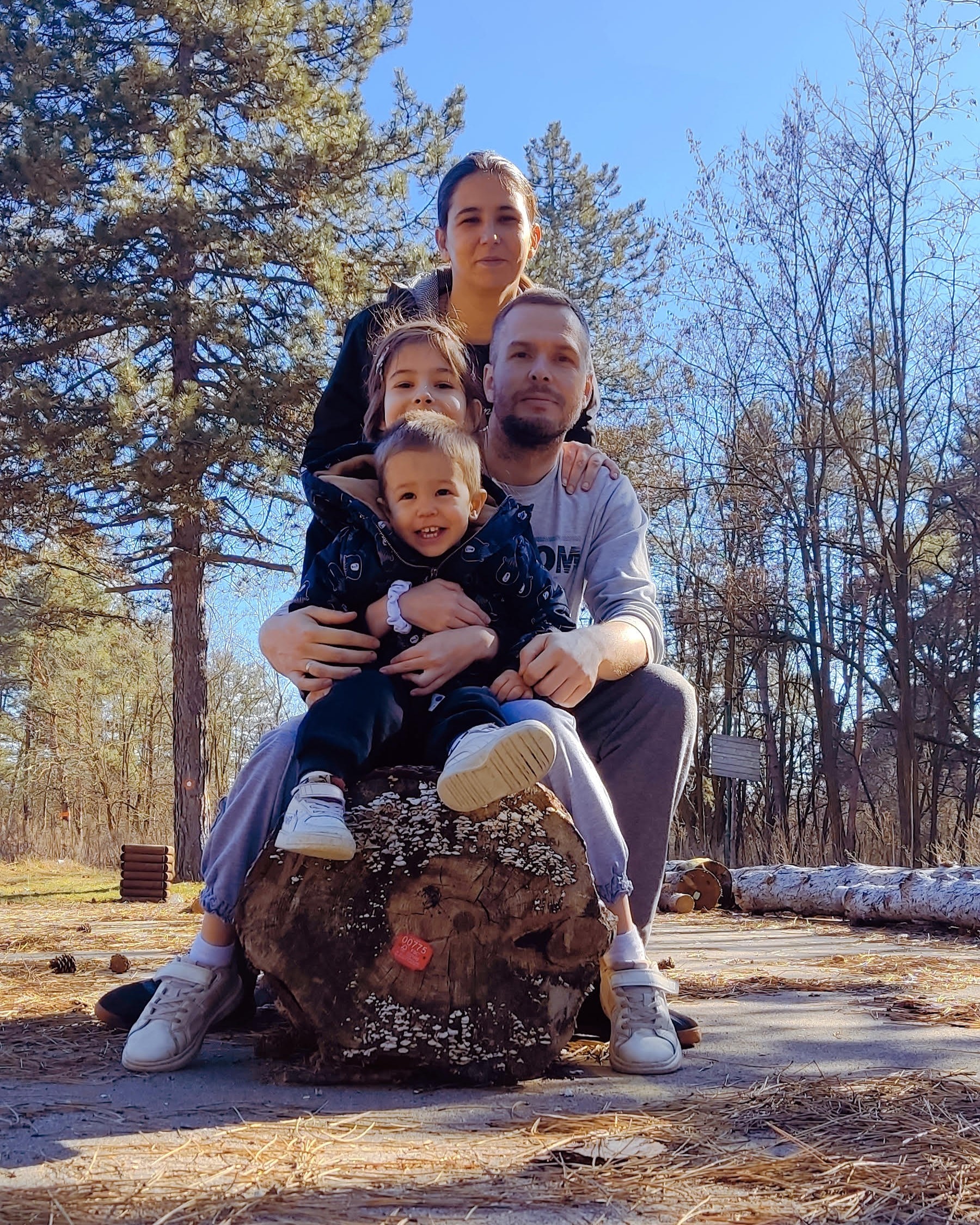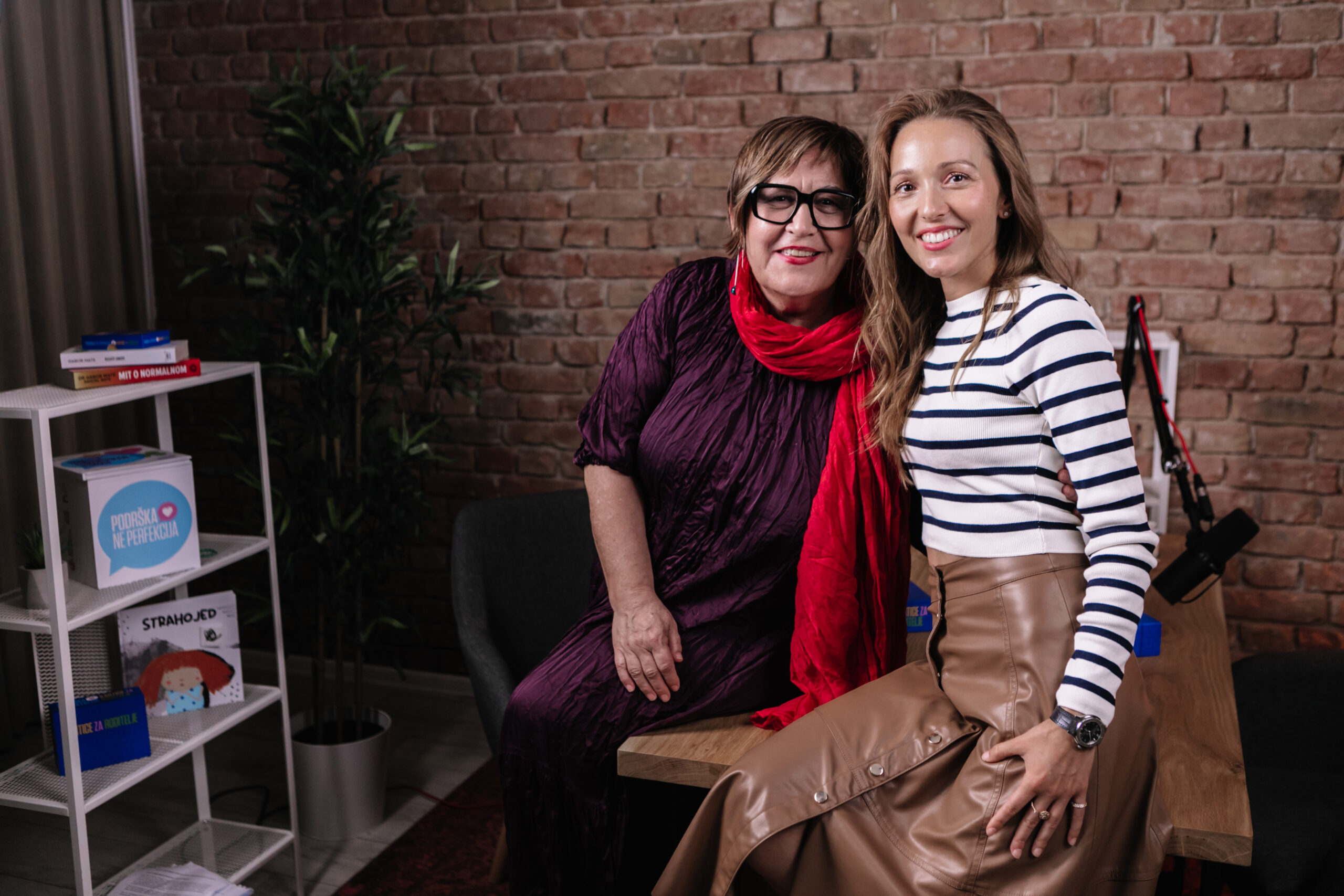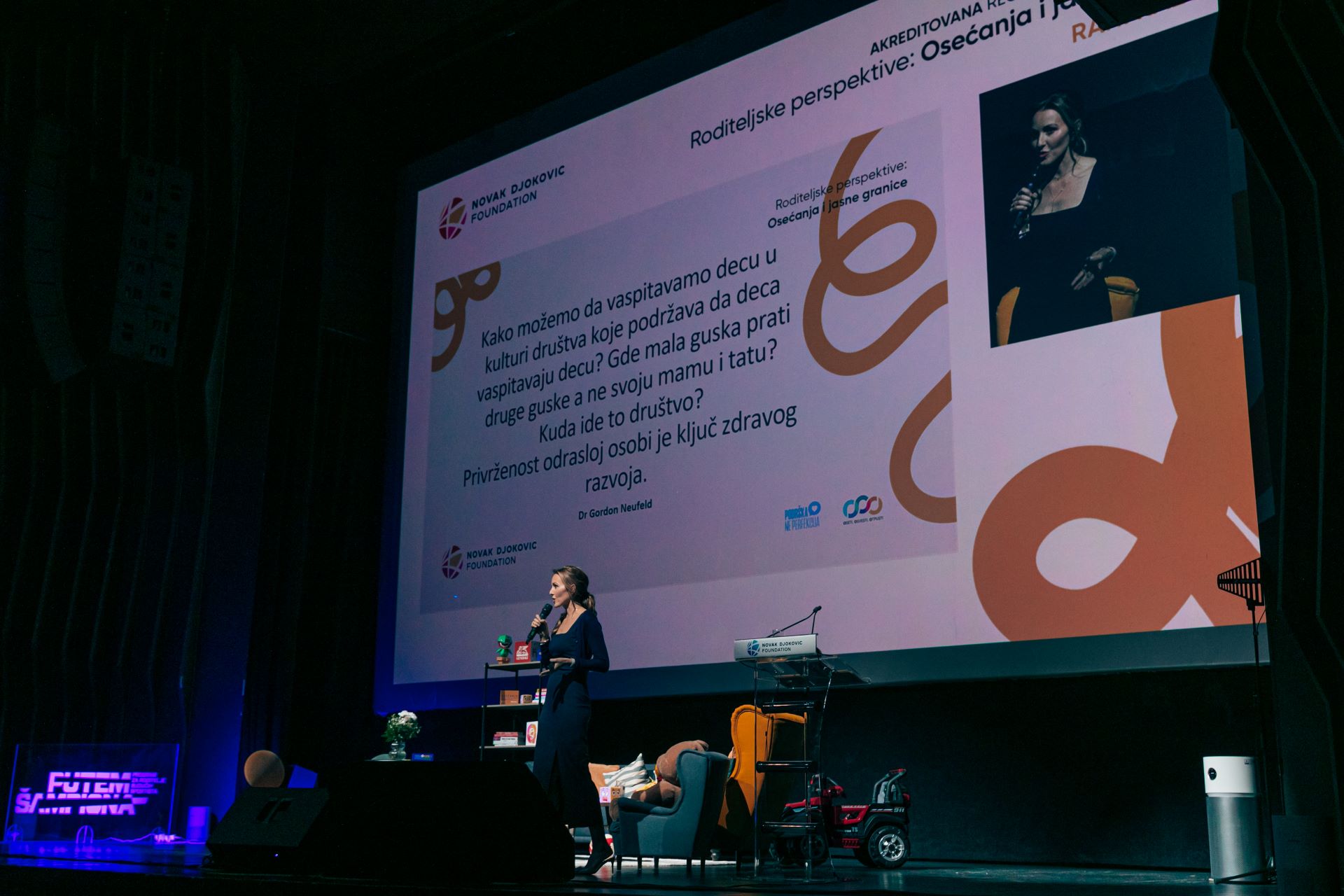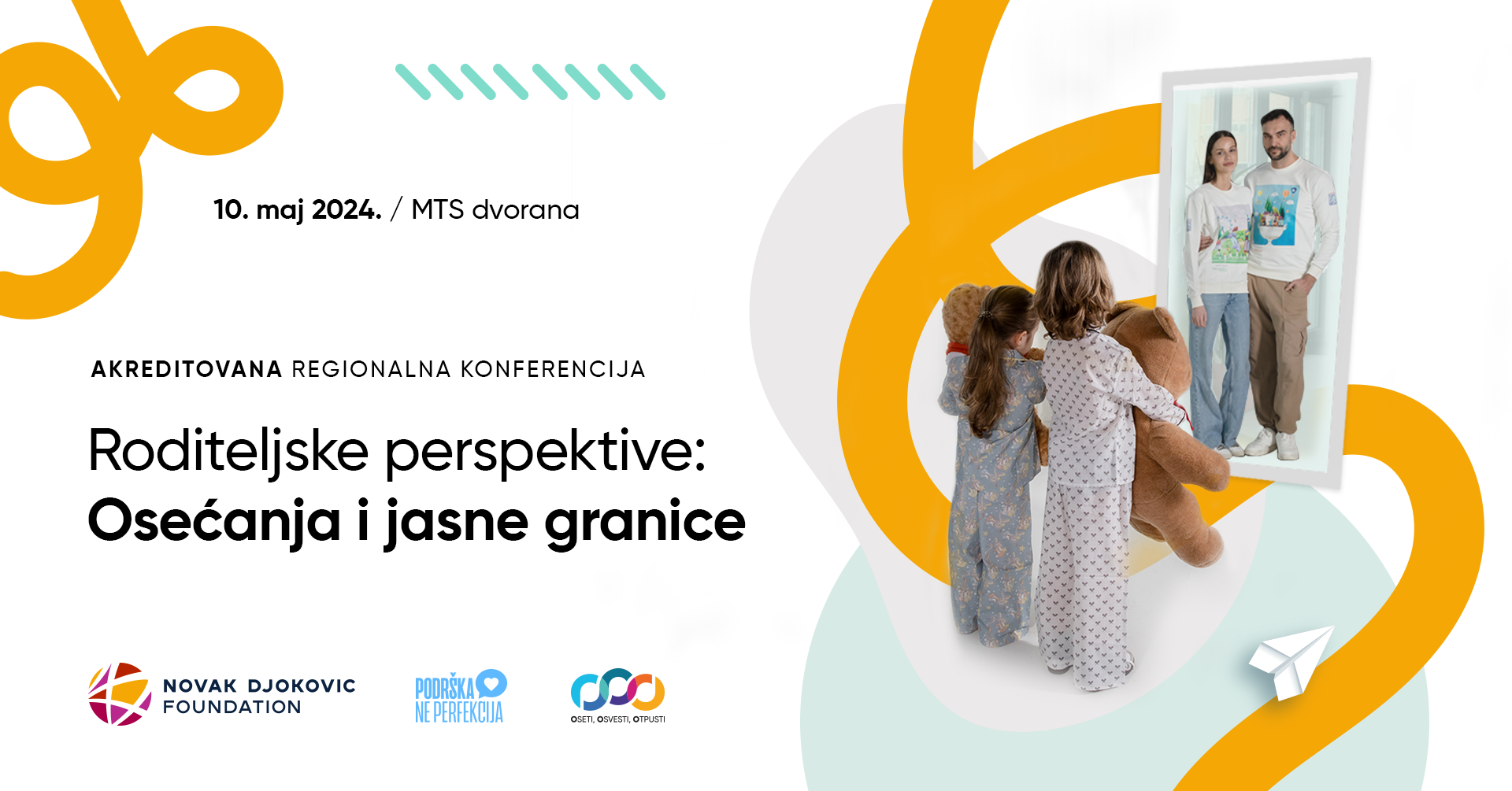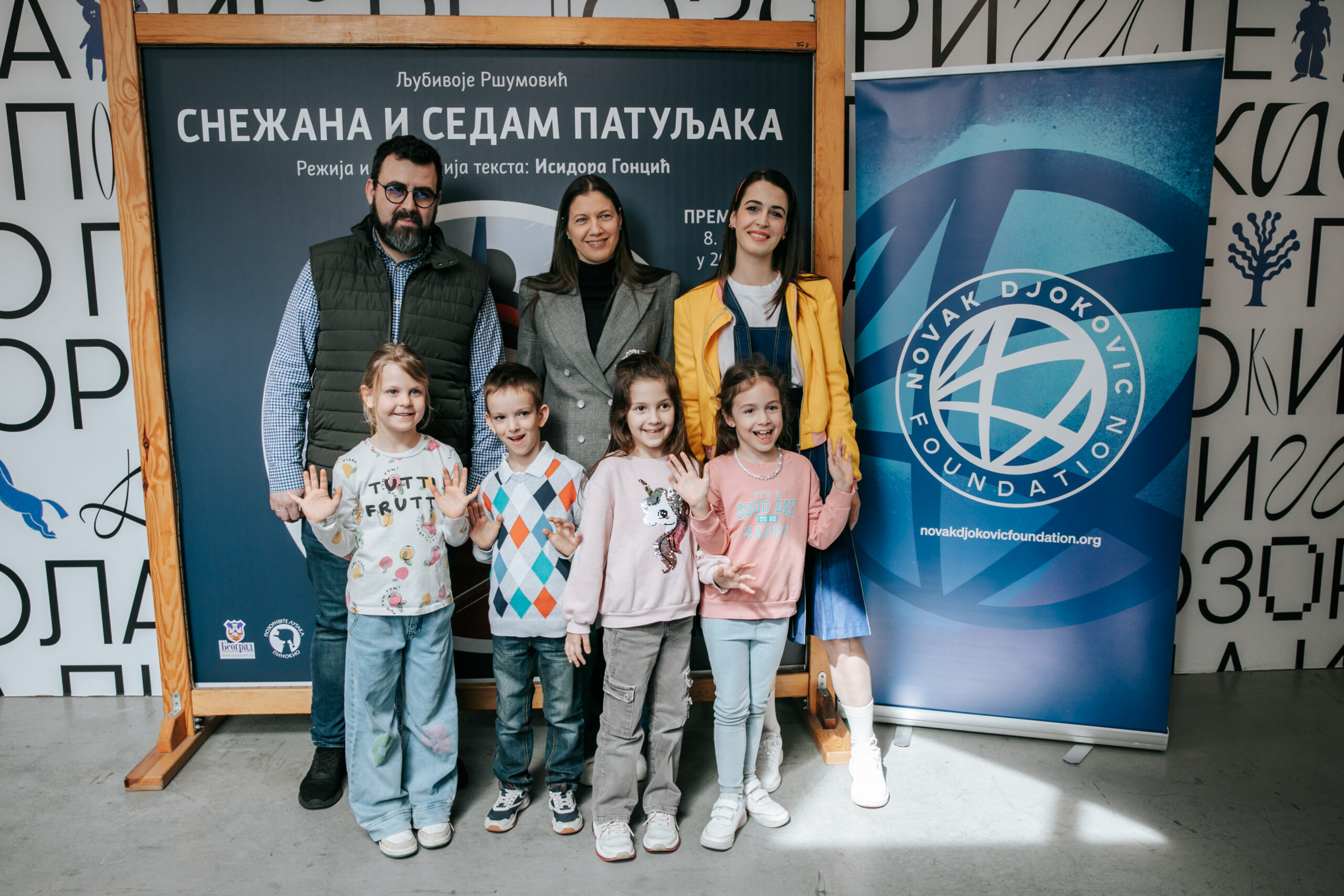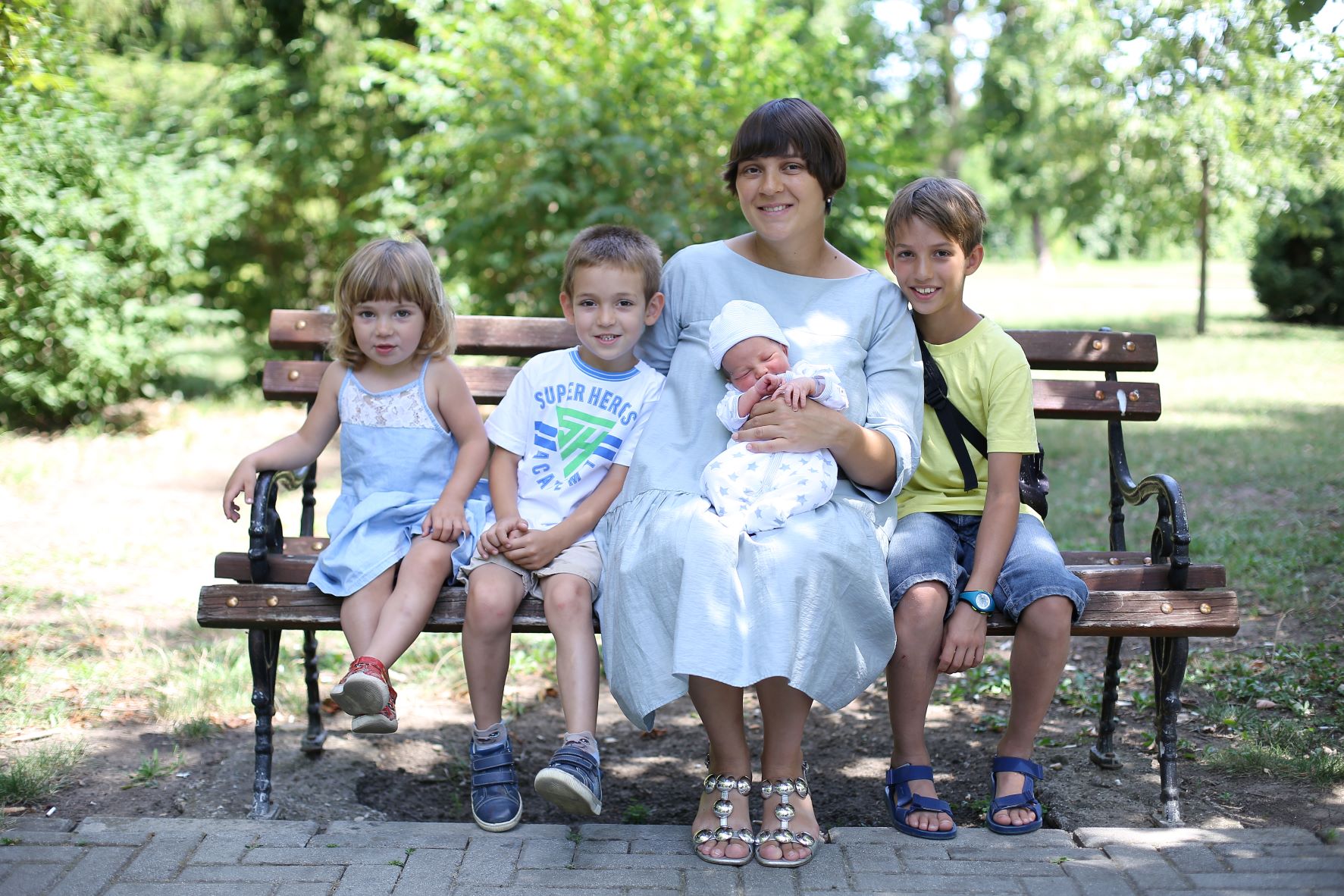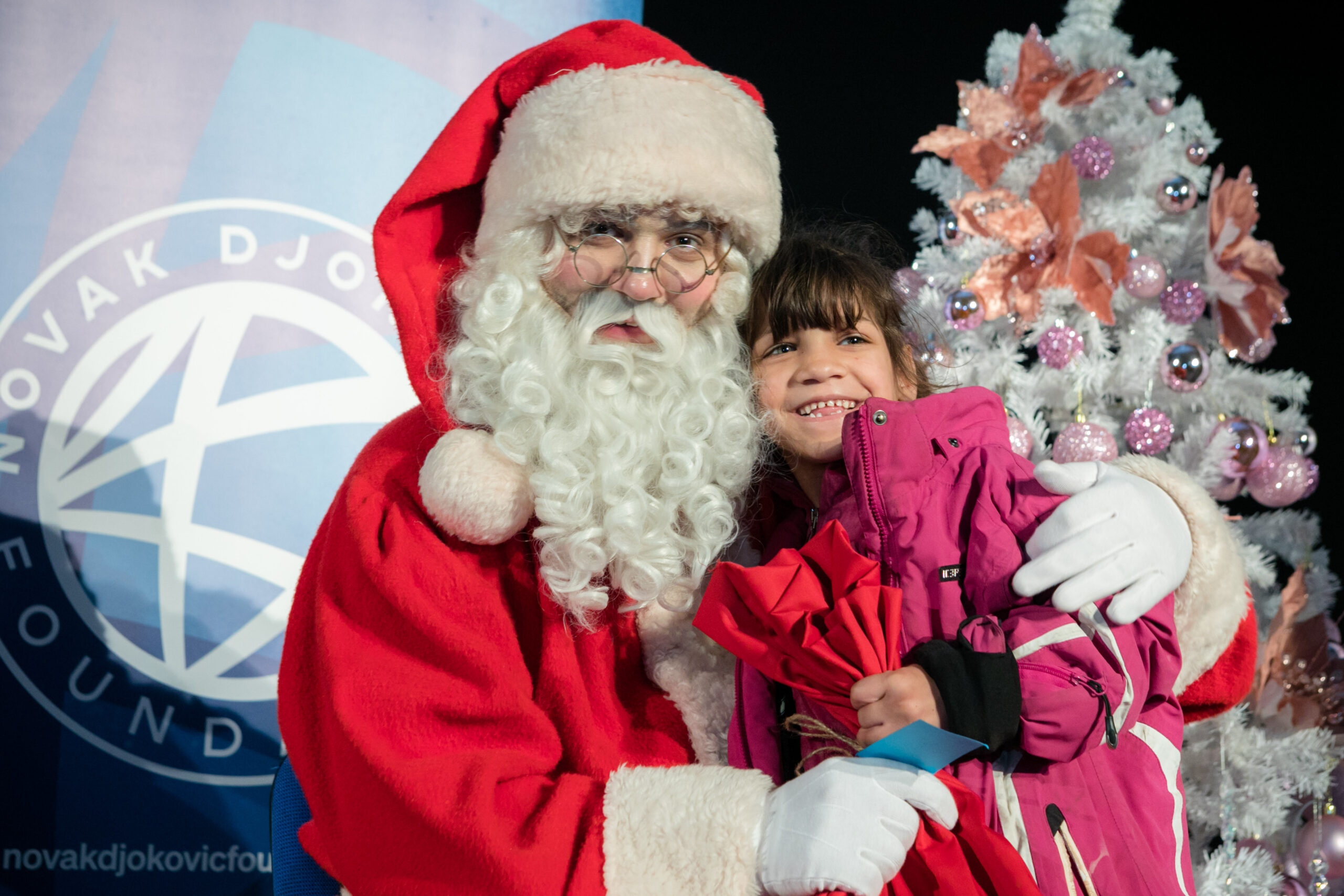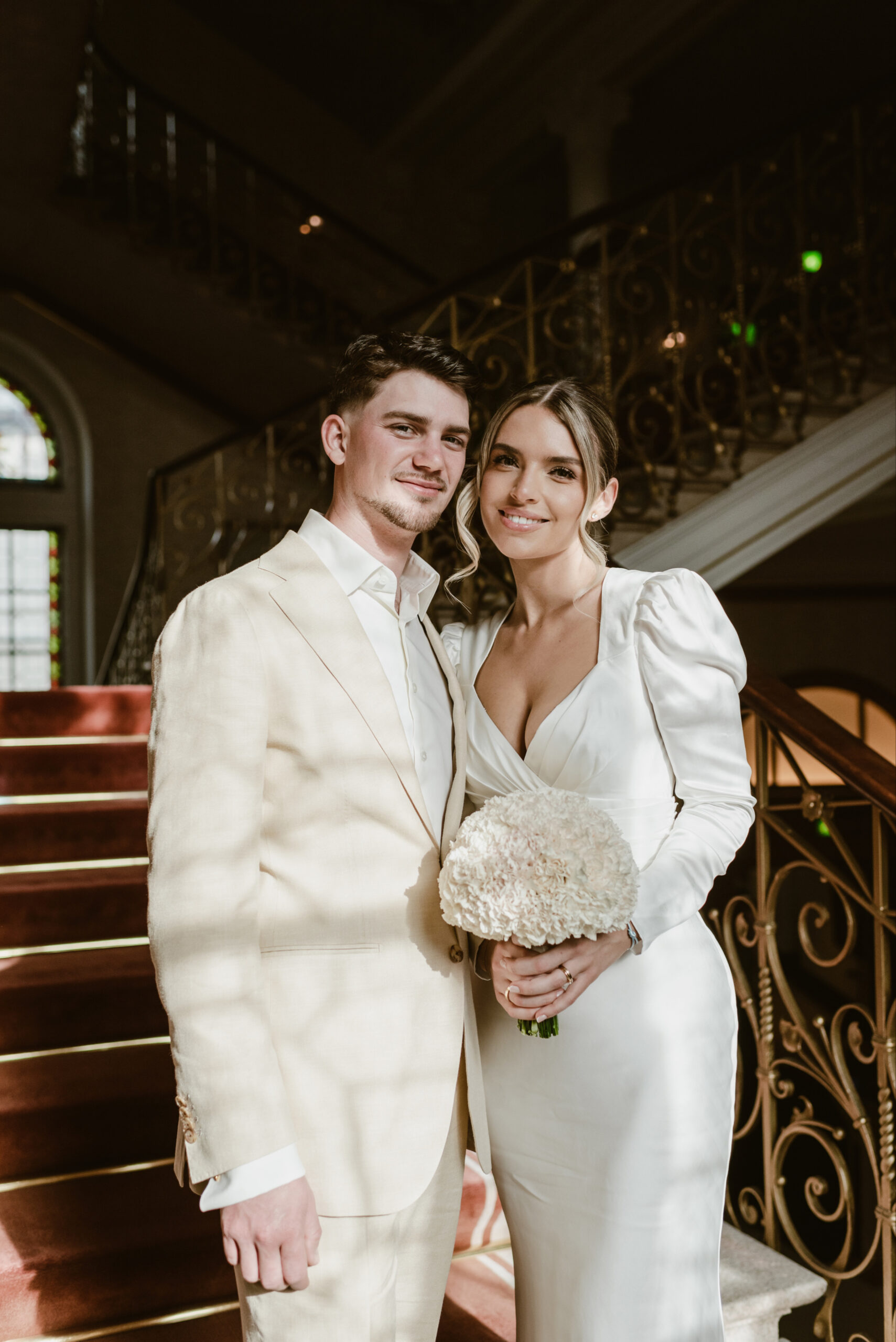If you are packing your suitcases, ready to go on a summer vacation, I am sure that you have not forgotten to pack more joy for your little ones – let them be free, splash water, and play in the sand, living life to the fullest! This is completely in line with the Montessori spirit – a child-friendly environment, satisfying curiosity, and playing with nothing but their little hands. Summer is also a perfect opportunity to connect topics from biology, geography, history, and astronomy, which are elements of the cosmic center in the Montessori pedagogy. I present to you 5 suggestions on how to apply the Montessori method during the summer!
1. Include your child in the preparation for the trip
Montessori pedagogy believes that, when we meet a child’s needs, development comes naturally. A large segment of early childhood belongs to everyday life, for which the child shows great interest. The child needs to be an equal member of the family and, in that way, satisfy their growing needs and develop independence and self-confidence.

Include your child in the packing process! Let them feel the excitement, the wanderlust. Ask them to prepare a list of things together with you and choose some of the clothes they will wear on their own. Include them in other phases of packing, washing, and drying bathing suits, and choosing toys to play with on the beach. Go shopping together. Draw all the beach equipment. A preschooler can even assist you in folding clothes! View them as equal members of the family and respect their role in the preparations. The child will feel good because they will participate, be included, and be respected, and, at the same time, they will practice daily activities at home.
2. Geography is learned through touch
Travelling is perfect for learning geography. During your vacation, your child will probably be in another country, meet children from other places, see different landscapes, hear different languages.
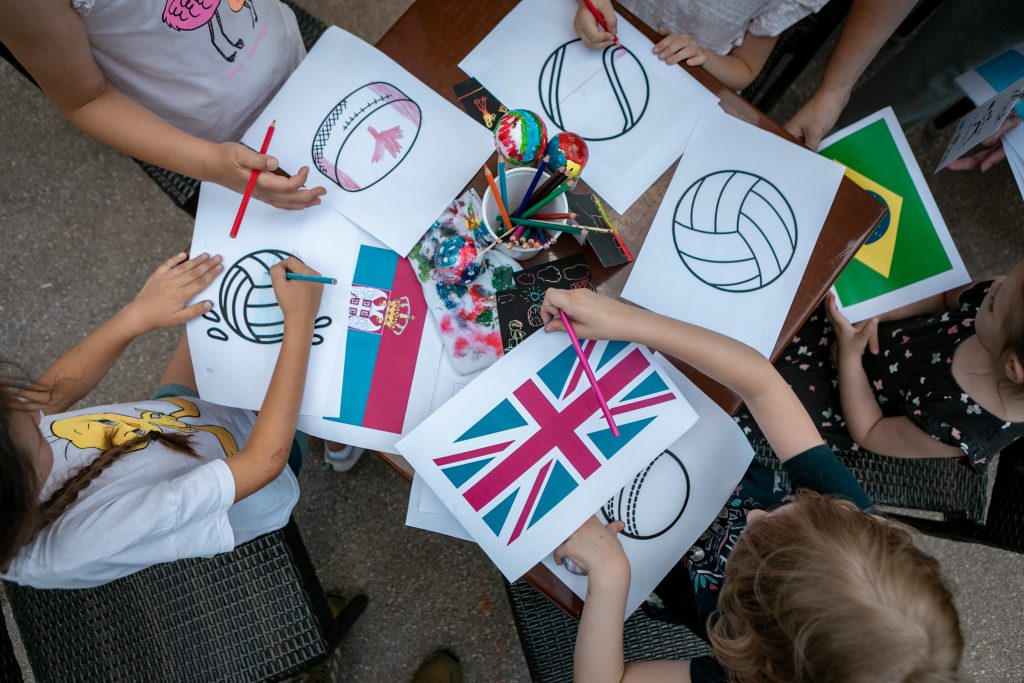
Older preschoolers are especially interested in this, but you will notice for yourself whether what you are talking about is interesting for your child. For preparation, use Montessori materials – Montessori globes, map puzzles, classification cards, etc. If you do not have original Montessori materials available, you can use regular globes, puzzles, and maps, according to your child’s interests.
The Montessori globe is recommended for children from the age of four, and it is specific in that it shows water surfaces and continents in different colors. The child has the opportunity to feel the globe, so the sense of touch participates in the acquisition of basic knowledge. In that way, the child learns with other map puzzle pieces of individual continents. Through cards or models, you can introduce them to shapes of land and water surfaces such as islands, bays, capes, straits, lakes, seas, and rivers.
3. Flora and fauna – the Montessori way
Going to the sea is a big topic and a wonderful introduction to the story of sea animals and sea plants. As a preparation for the vacation, you can use classic Montessori materials – cards (eg. with fish) and small realistic figures of sea animals – whales, dolphins, octopi, shells, and fish. Bring sea animal figures and books that change color in the water on your vacation. Be sure to get a sea-themed book, such as Kreativni centar’s „Ana and Philip Exploring AT THE SEA.“
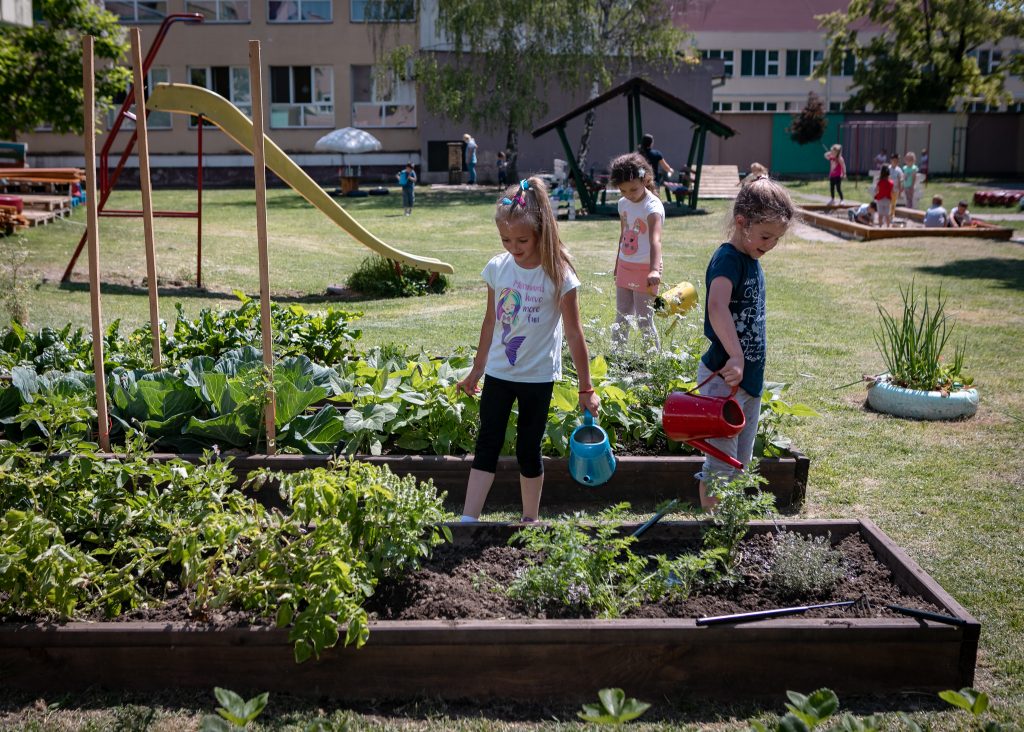
Taking care of a plant at home or in a small garden is also a nice way to coexist and get to know fauna. Some puzzles introduce the little ones to the basic animal anatomy and the structure of plants – for example, a flower, a leaf, or a frog. Anything that shows the real world to the child is a great choice – both before and after your vacation.
4. Historia magistra vitae est
When it comes to learning history, visiting museums is the right way for slightly older children to get acquainted with what was before them and what is specific to a certain region or era.
Talk to your child about the history of the area you are traveling to, especially if you have the opportunity to go on a day trip. There are also timelines – in the Montessori pedagogy, timelines are used for biographies and historical periods.
For very young children, this type of information is still not interesting, as their interest in these topics starts only after the age of three.

Schedule a visit to a museum in your city, read a biography of a famous person or a famous athlete such as Novak Djokovic!
5. Under the stars
Finally, I invite you to learn astronomy by looking at the clear summer sky with your little ones and learning to recognize the constellations. You can also start learning about the moon phases, the arrangement of the planets, and the story of the universe.
Learning about the change of day and night, the change of seasons, the structure of the day, week, and month – it all creates a sense of universal order in the child, which later increases the feeling of security. The beauty of the Montessori method is that it responds to children’s natural curiosity with structured knowledge about real life and personal sensory experience, thus developing not only specific knowledge but also speaking skills and self-confidence. Enjoy your summer vacation and don’t forget that games are the best way to teach your child!
About the author: Tijana Adamov Ignjatović, founder and director of CSR Concept Incubator ŽutePatalone @zutepatalone intended to create CSR concepts and founder of the Initiative for Childhood Research whose goal is to establish the first Childhood Research Institute.

